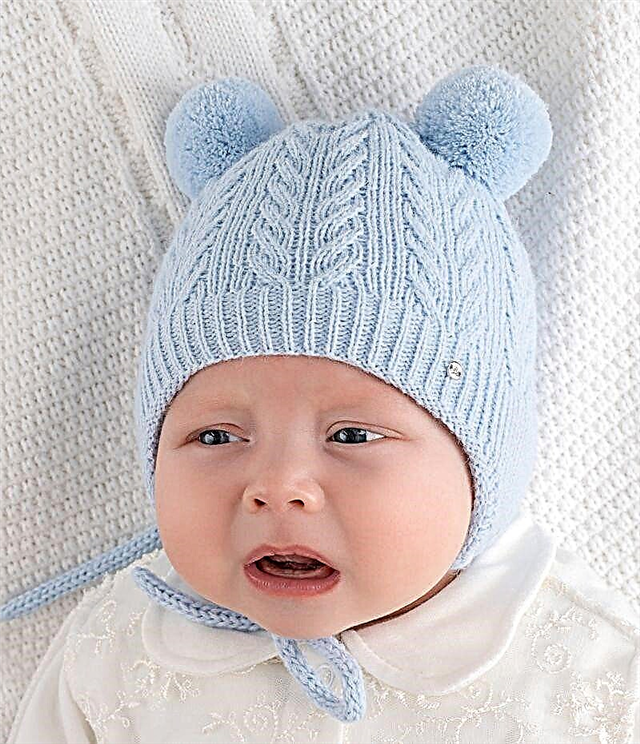
In order for a newborn's navel to heal faster, it is important to properly treat the wound and reduce the risk of infection that can enter the baby's body through the umbilical cord. For this purpose, from the first days of life, various antiseptic agents are used. Among them, it is worth noting "Chlorophyllipt", because this medicine has a natural origin and there are practically no contraindications.

Features of the drug
The basis for the manufacture of "Chlorophyllipt" is a tropical plant called globular eucalyptus. Its leaves contain essential oils, minerals, phytoncides and other valuable compounds that can kill pathogenic microbes. The extract from these leaves is especially effective against staphylococci, even if they already have antibiotic resistance. This is the first and main advantage of "Chlorophyllipt" - antimicrobial effect, which allows you not to use chemical drugs that can negatively affect the baby's body.


Doctors and mothers attribute several more favorable factors to the positive properties of the drug.
- Lack of skin staining. Although the solution has a bright green color, it does not remain on the skin, unlike Brilliant Green and other dyes. This allows you to monitor the condition of the wound itself and the skin around the navel in order to react in time when inflammation develops.
- Lack of discomfort. Applied to the skin, "Chlorophyllipt" does not cause tingling, burning or painful sensations, so babies tolerate the treatment easily.
- The possibility of using it for other diseases. "Chlorophyllipt" copes well with prickly heat, scratches, abrasions, mosquito bites, pustules and other skin lesions.


Separately, we note the variety of forms of medicine. In the treatment of newborns, two forms of the drug are used - oil and alcohol solutions. In addition to them, there are also sprays and tablets, but such products are not suitable for children under one year old.
An oil-based remedy is in demand for treating the throat with angina and oral cavity with stomatitis.
For the treatment of the navel and other skin problems, "Chlorophyllipt" is preferred in the form of a 1% alcohol solution. It is sold in bottles of 25, 50 or 100 ml. Each milliliter of this medication contains 10 mg of herbal extract, supplemented with 96% ethyl alcohol.
How to use?
The scheme for using "Chlorophyllipt" for treating the umbilical wound is similar to the use of any other antiseptics:
- After washing your hands and laying the baby on a flat surface, carefully examine the navel. At this stage, it is important to determine if there is any pus, redness or other changes. If they are present, you should inform the pediatrician.
- Using a pipette, drop a little hydrogen peroxide solution into the wound, then dry the navel with a cotton pad. Such a remedy will soften the crusts and show discharge from the navel (if there is blood or pus, foam will appear).
- Moisten one end of a cotton swab in the Chlorophyllipt solution, gently lubricate the wound. Do not be afraid to touch it - if there is no inflammation, then the procedure is completely painless.
- Treat twice a day. Lubricate the navel in the morning during other hygiene procedures and in the evening after bathing.


Disadvantages
Like any herbal medicine, Chlorophyllipt can cause an allergic reaction.
Therefore, before starting the treatment of the navel, it is recommended to lubricate a small area of the skin with a solution (for example, on a handle) and observe the reaction. If redness or a rash appears at the site of application of the product a few hours later, the use of "Chlorophyllipt" will have to be abandoned.
And also a sensitivity test can be carried out with an oil solution, allowing the baby to swallow a few drops of such a medication.

Among the disadvantages, many parents in their reviews mention the higher cost of "Chlorophyllipt" in comparison with other drugs that can be used to treat the navel of a newborn. By the way, the analogues of Chlorophyllipt include Brilliant Green, Tincture of Calendula, Iodine Solution, Potassium Permanganate Solution, Miramistin and other antiseptics. Such means are used if the baby has an intolerance to eucalyptus.
Which of the antiseptic agents is best for the baby, you should check with your pediatrician.
Dr. Komarovsky will tell you how best to handle the navel of a newborn in the next video.



